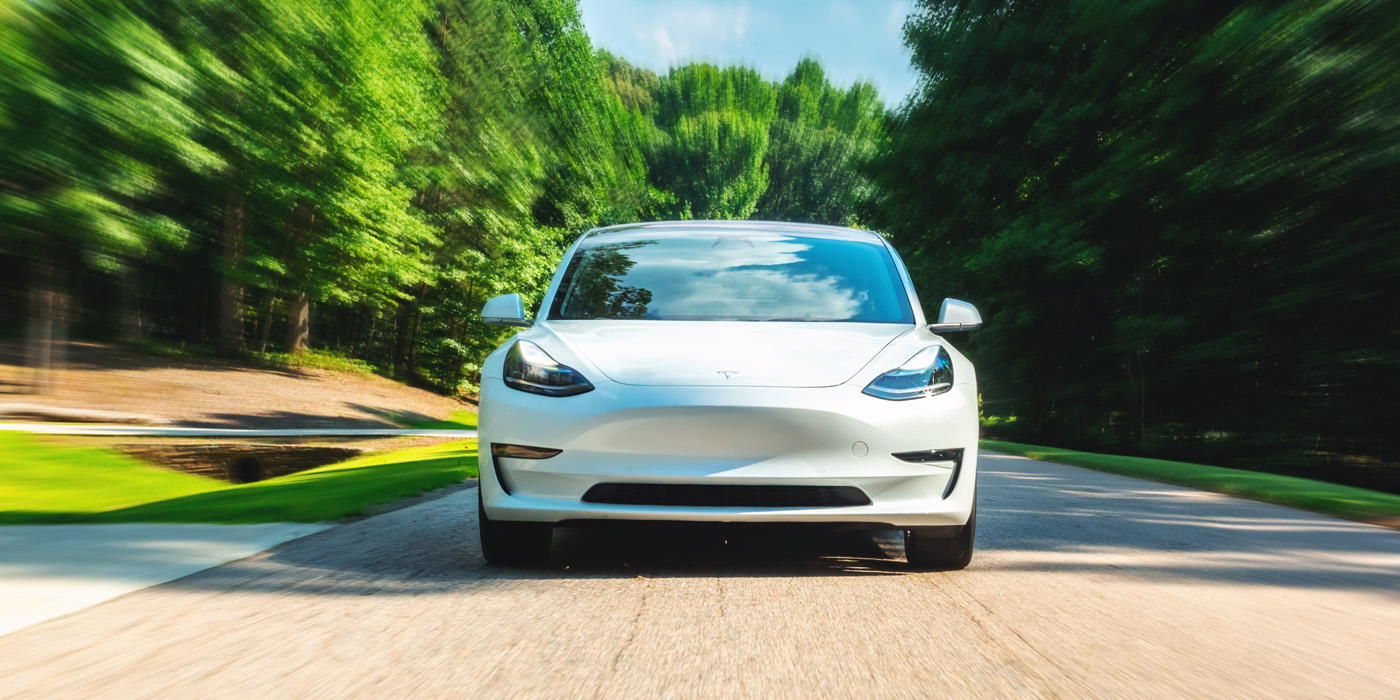What are you?
At first blush, that may seem like a silly question. The answer, of course, is a ‘parts store.’ That’s what you are. That’s what you do.
But is that the real answer? If you say you’re a parts store, how does that make you any different from the thousands of locations nationwide that sell automotive products? Are you a retailer? A wholesaler? A retailer-wholesaler? Even those categories are not specific enough. You need to set yourself apart. Your business needs to differentiate itself.
That point was underscored by Northwood University professors in their Excess Inventory Study. According to the study, the market’s level of differentiation is "abysmal." The study’s authors wrote, "Only those firms that can achieve operational effectiveness and differentiate themselves from their competitors will survive and achieve satisfactory performance." You can read all about the Northwood University Excess Inventory Study at www.counterman.com.
A brand is a brand, whether it’s an auto parts store or a spark plug. Differentiation among the brands on your shelf is just as important as those things that make your business stand out from the guy down the street. You make brand recommendations on a daily basis, and those recommendations are based on the differences from one product to the next. Your customers make similar judgments. What makes your store stand out?
It wasn’t until I sat in on the recent University of the Aftermarket Executive Roundtable that I saw how the idea of "hyper differentiation" can be applied to an auto parts business. There were two distributors on the panel – Tim Lee from Certified Warehouse/Lee Auto Parts and Doug Washbish from Moog Louisville Warehouse. How do they set themselves apart from their competitors? According to Lee, he does not merely operate a parts store. He is in the ‘hard-to-find-parts business.’ That’s what differentiates his business from his competition. Conversely, Moog Louisville is not in the ‘hard-to-find parts business.’ To Washbish, they are in the ’emergency parts delivery business.’ Need a part right now – and what professional technician doesn’t? Call a Moog Louisville Bumper to Bumper store. Need a hard-to-find part – and what professional garage doesn’t? Call Lee Auto Parts.
In an age of SKU proliferation, it’s tough, if not downright impossible, to be all things to all people. Even your technician customers are becoming more specialized. They may claim to be an all-makes, all-models repair shop, but I suspect that if you took a look at their ROs and equipment investments, you’d see that they are slowly migrating to some sort of specialty. The quicker those businesses identify their niche and market to it, the faster they will differentiate themselves from the competition. That’s a very good thing in an increasingly homogenous world.
What are you? The answer to that question will determine how you address the market. But more importantly, it will determine how the market addresses you, allowing your customers to see you for what you are – different.













